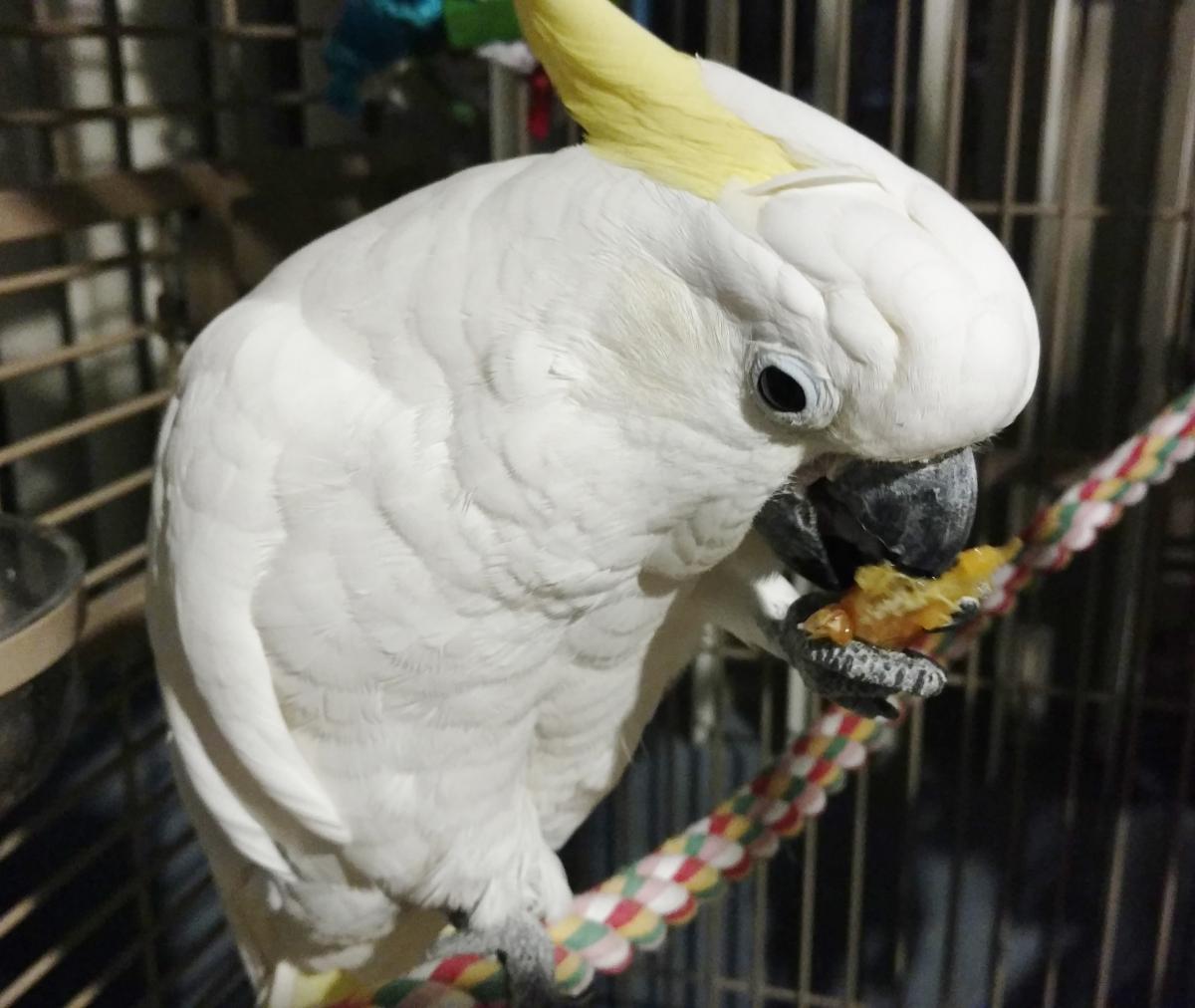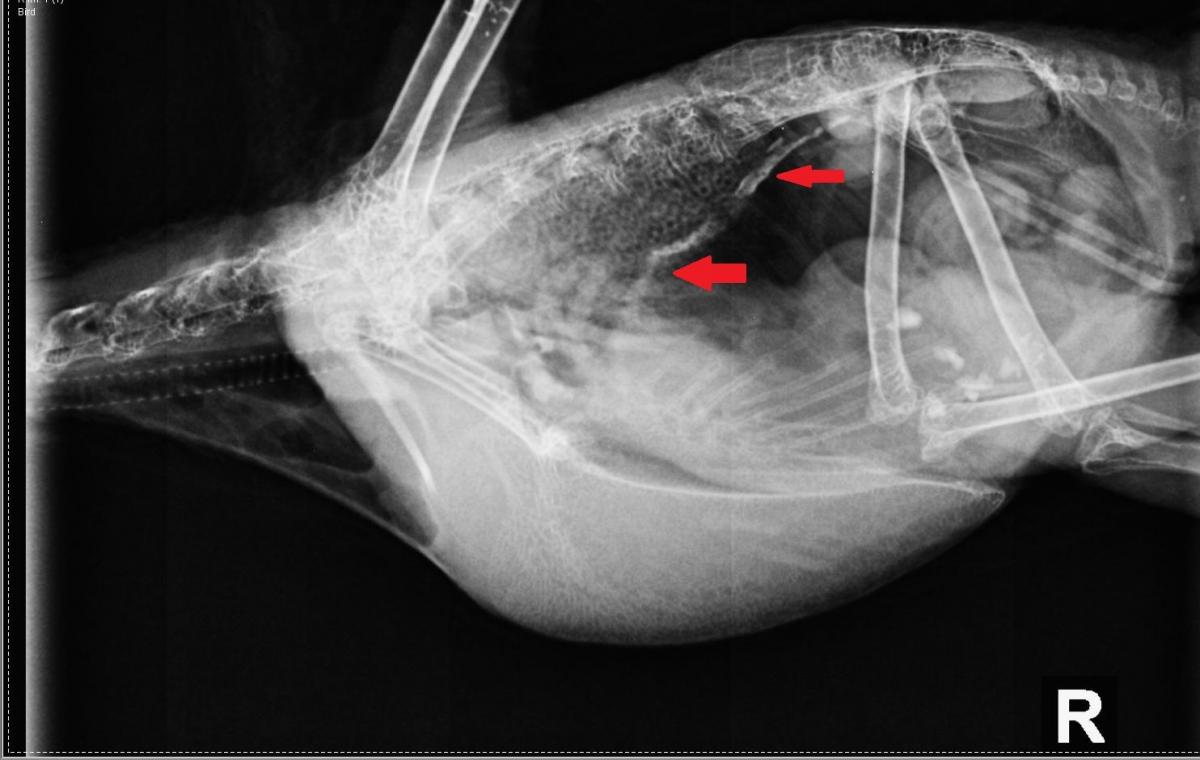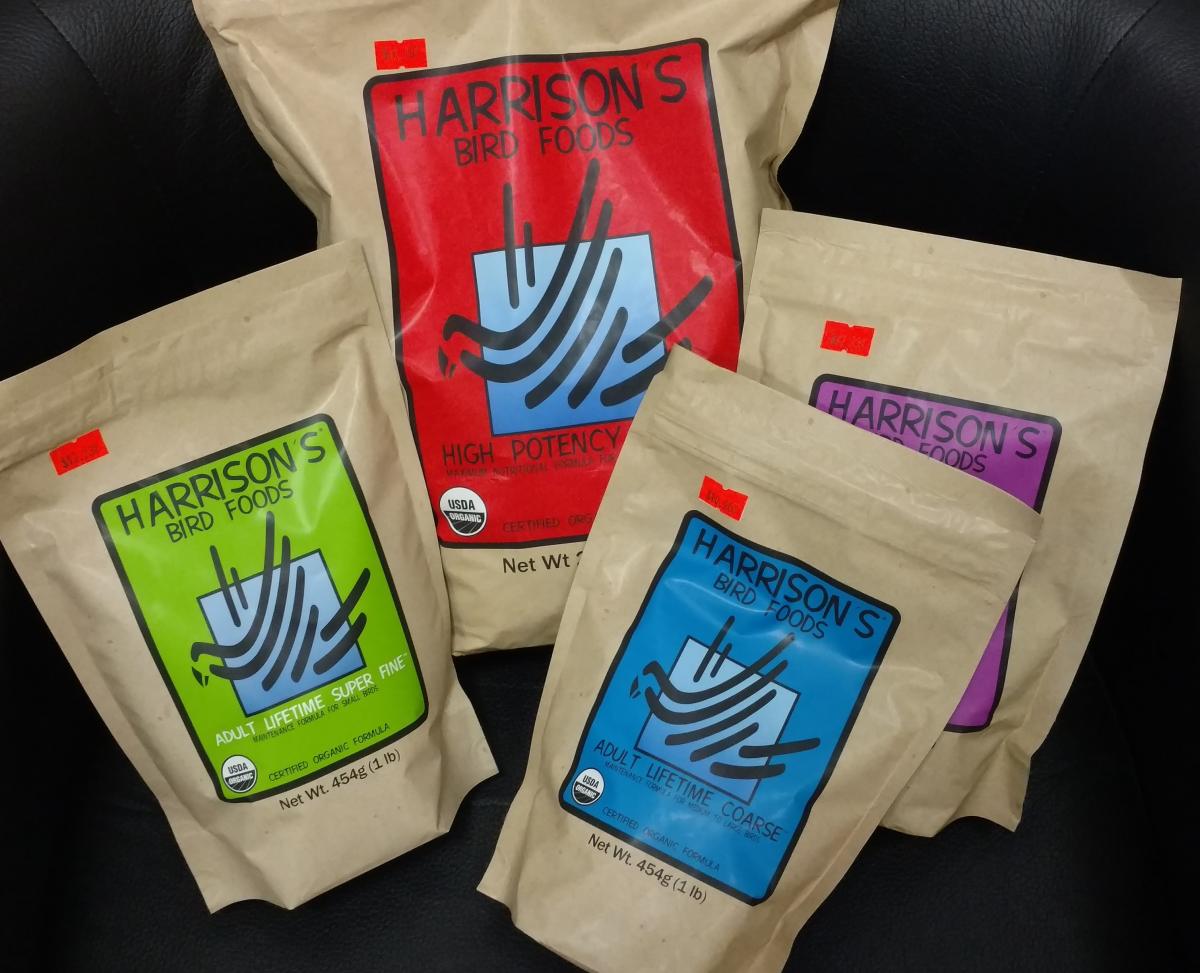Cockatoos - The Basics
 Cockatoos belong to the Psittaciforme order and the family cacatuidae. They originate from Australia and the surrounding islands of the Phillippines, Indonesia, Papua New Guinea and the Solomon Islands. There are about 21 different species in the wild with only a portion of those commonly found in the pet trade. They are often recognized by a crest on the top of their head that they can elevate and lower to show different types of emotions. Cockatoos are variable in color but often are white, pink or black.
Cockatoos belong to the Psittaciforme order and the family cacatuidae. They originate from Australia and the surrounding islands of the Phillippines, Indonesia, Papua New Guinea and the Solomon Islands. There are about 21 different species in the wild with only a portion of those commonly found in the pet trade. They are often recognized by a crest on the top of their head that they can elevate and lower to show different types of emotions. Cockatoos are variable in color but often are white, pink or black.





 What is it and what causes it?
What is it and what causes it? Everyone knows that eating a good diet is one of the best things we can do to stay healthy and the same is true for our pet birds. The question that we must then ask is “What is the best diet for our birds?” Of course this will vary for the species in question but there is an unfortunate misconception out there that seeds are all a pet bird needs to stay healthy. This has led to many pet birds developing nutritional disorders and therefore, seed alone diets have been implicated as a problem. It is true that in the wild, seeds are consumed by many species of birds but that is not all they eat. Parrots in the wild will eat various types of seeds, nuts, fruits, beans, flowers, and even foliage from plants. The varieties of seeds that are foraged for in the wild are numerous and different studies have shown birds to consume greater than 20 different seed types. In captivity many of our seeds mixes only have 5-7 different types of seeds.
Everyone knows that eating a good diet is one of the best things we can do to stay healthy and the same is true for our pet birds. The question that we must then ask is “What is the best diet for our birds?” Of course this will vary for the species in question but there is an unfortunate misconception out there that seeds are all a pet bird needs to stay healthy. This has led to many pet birds developing nutritional disorders and therefore, seed alone diets have been implicated as a problem. It is true that in the wild, seeds are consumed by many species of birds but that is not all they eat. Parrots in the wild will eat various types of seeds, nuts, fruits, beans, flowers, and even foliage from plants. The varieties of seeds that are foraged for in the wild are numerous and different studies have shown birds to consume greater than 20 different seed types. In captivity many of our seeds mixes only have 5-7 different types of seeds.